About the complexity and the simplicity of the war between the FARDC and the M23. Talk of the deaf?
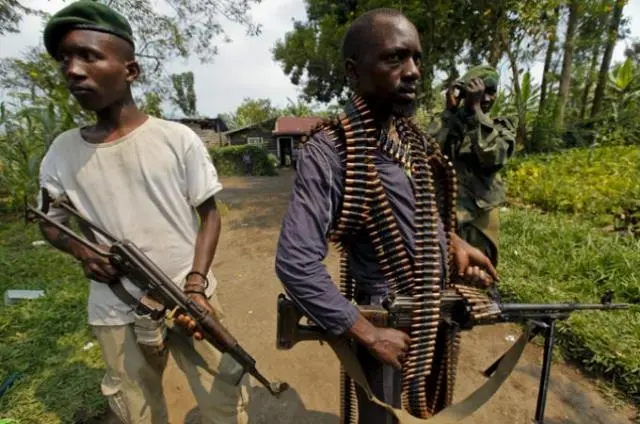
Yesterday a tweed circulated in which Thabo Mbeki, a prominent South-African politician, expressed his views that the Congolese Tutsi community was genuine Congolese and that it was the responsibility of the Congolese government to solve the ongoing war and the ongoing problems as an internal Congolese conflict. Mbeki’s statement was probably well intentioned, but it suffered from the same disease as most of the other analysis about this issue It also showed clearly that the outside world does not understand well who they are dealing with; Mbeki described the M23 as Banyamulenge and this is a big mistake. The Banyamulenge community is living in South-Kivu and the M23 is mainly composed of Bagogwe fighters and members of other (non-Tutsi) tribes in the region.
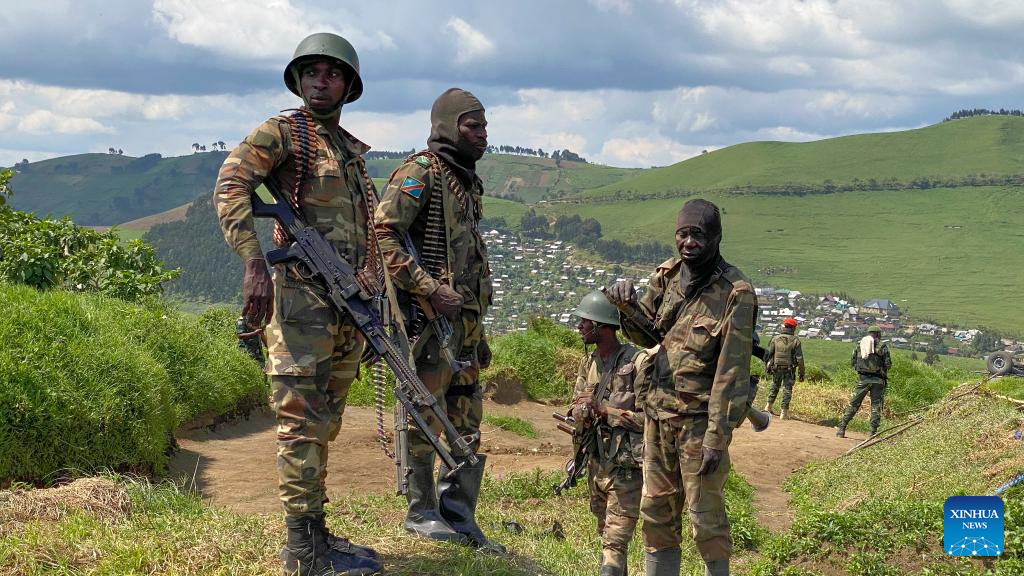
The root cause of this conflict and its possible solutions are quite simple. They can be explained with simple facts and a better knowledge of the history of this region. The M23 itself and the Tutsi community in the region failed big time (so far) to underline the true content of their cause. And the politicians in Kinshasa were able to make use of this weakness to promote their own narrative in which the M23 is described as a proxy-RDF-Rwandan military force that wants to balkanize the DRC in this process president Tshisekedi and his smooth talker and minister of information Patrick Muyaya were able to portray the M23 as thenearly the sole black sheep of all the problems in the country. Fake interpretations of the Congolese history, the fact that the government promotes hate speeches against the Tutsi community and incorporatesRwandan Hutu extremists into its own ranks enforce this process. We have reached a point now that if the current government or another one would like to turn this tide the Congolese population would probably not accept or understand this. The Congolese public is so badly informed about the ongoing war in the Kivu’s that the government in place has no problem at all to cover up other hot potatoes such as the ongoing crack down on other opposition groups, the degeneration of the Congolese economy, the ongoing corruption as acts of the devilish Tutsi’s who want to steal the minerals in the country and who want to balkanize it.
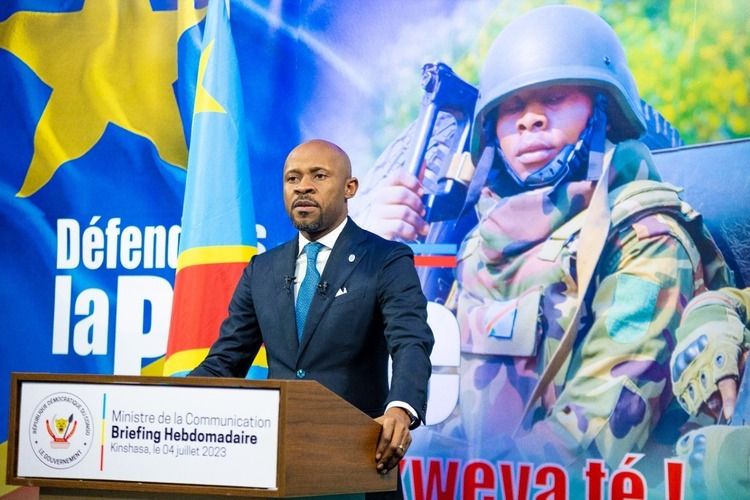
Simple facts
In 2013 the M23 had to vacate its positions in and around Goma under international pressure. Rwanda was supporting the group at that time. The men of Sultani Makenga were promised that peace talks would follow in which the return of their families (who were living in refugee camps in Rwanda and in Uganda) would be guaranteed and in which their own re-integration in the Congolese army would be fixed. On top of that the Congolese government promised to protectthe Tutsi’s who were still living in Congo. And they promised with the hand on their heart that the radical FDLR extremists who were posing a threat on Rwanda would be dealt with as soon as possible. The M23 found shelter in camps in Uganda, for years they tried to remember the government in Kinshasa to implement their promises of 2013, but this was all in vain. The FDLR was able to grow in strength.In the meanwhile,the new elected president Tshisekedi and his minister of information Patrick Muyaya went on selfie trips to Rwanda, Burundi and Uganda. Back in Kinshasa they never moved one finger to start negotiating with the M23 and to tackle the growing influence of the FDLR. It is also a fact that the number of criminal militias in the Kivu’s was able to grow considerably. Most of them were being steeredby politicians in Goma, Bukavu or in Kinshasa to protect their corrupt interests. The PARECO militia of the ex-governor of North-Kivu, Julien Paluku, is an excellent example of that. Another ex-governor of the province, Eugene Serafuli even started to sponsor Nyatura- and FDLR groups.
In the meanwhile, the M23 was being contained in camps in Uganda and their families remained in refugee camps in Rwanda. The frustration in their ranks was growing so general Sultani Makenga decided to leave these camps and to position his men on the high slopes of the Sabino volcano, inside Congo. As there were not many of them and as they were not a big tread they remained there for several months, until they were attacked by the FARDC and the FDLR. The latter had also staged a couple of attacks in Rwanda. Rwanda was not helping or supporting the M23 at that time but the sympathy for their cause was growing fast in Tutsi circles, inside and outside Congo. Young refugees left their camps to join them, ex-M23 elements who had returned to civilian lifein Uganda, Congo and in Rwanda put back on their uniforms. They were rapidly equipped with weapons the M23 had kept well-oiled in hidden caches in 2013. Other weapons were captured on the FARDC as the fighting intensified. The FARDC was no match for the better motivated M23 fighters and soon lost a lot of territory. And they relied heavily on the FDLR and the Nyaturato do most of their fighting.
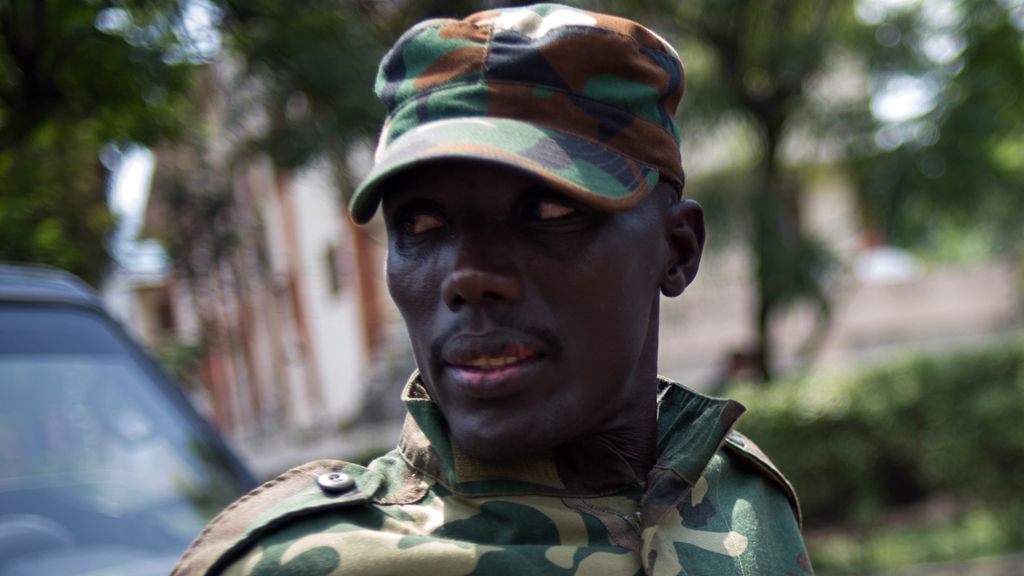
The truth is that the M23 had lost its faith in the honesty of the government in Kinshasa and decided to take this in its own hands. Their demands have always been simple and straightforward, but they were never respected.
Kinshasa
In the same time politicians in Kinshasa re-discovered the advantage to hide their own shortcomings and monkey business deals behind the curtain of the big and the bad Tutsi wolve in the Kivu’s. The UN and groups such as Human Rights Watch indirectly also jumped on that wagon. MONUSCO initially paired with the FARDC to fight Makenga’s men but when it became clear that they didn’t want to comply to Tshisekedi’s demands for 100 % they also became a target for Kinshasa. The president than started touring abroad for extra support: the East-African Community senttroops, but they didn’t accept his demands either and instead became a force on the ground that could witness all the wrongdoings of the Congolese army and the FDLR. Hundreds of foreign mercenaries were flown in, more sophisticated weaponry was acquired and the FDLR – this group is carrying an official terrorist label –and the Nyaturawere given all the weapons they needed to become stronger. We strongly believe that we explained the evolution of these facts well enough in our previous articles.
Combined with all this Kinshasa set up a propaganda mill that was coordinated by Patrick Muyaya. He managed to convince the Congolese audience of his anti-Rwanda and his anti-M23 narrative.By pumping fog over the real situation on the spot, bypromoting fake news and propaganda stories and by threatening media not to step out of this line he was also able to convince the outside world and a big part of the foreign media that Rwanda was behind all this, that the RDF was committing crimes against humanity in the DRC at random, etc. His propaganda balloon became so big that his lies became bolder and bolder. Muyaya was heading for disaster when he started accusing the RDF and the M23 to have killed hundreds of innocent civilians in Kishishe, in the heartland of the FDLR zone in North-Kivu that was now under the control of the M23. He went flat onthe face with this lie.And he burned his fingers big time with it. In the same time outsiders became more and more weary of the fact that the FDLR was running the show inside the FARDC. Real evidence about the involvement of the RDF in the ongoing events in the Kivu’s was also very weak. Nowadays Muyaya’s statements are always consumed by most of the diplomats and Congo watchers with a necessary dose of salt and pepper. But his actions are like those of Abdoulaye Yerodia who called on the population of Kinshasa to kill Tutsi’s when an attack on Kitona was launched by the RCD-rebel coalition.
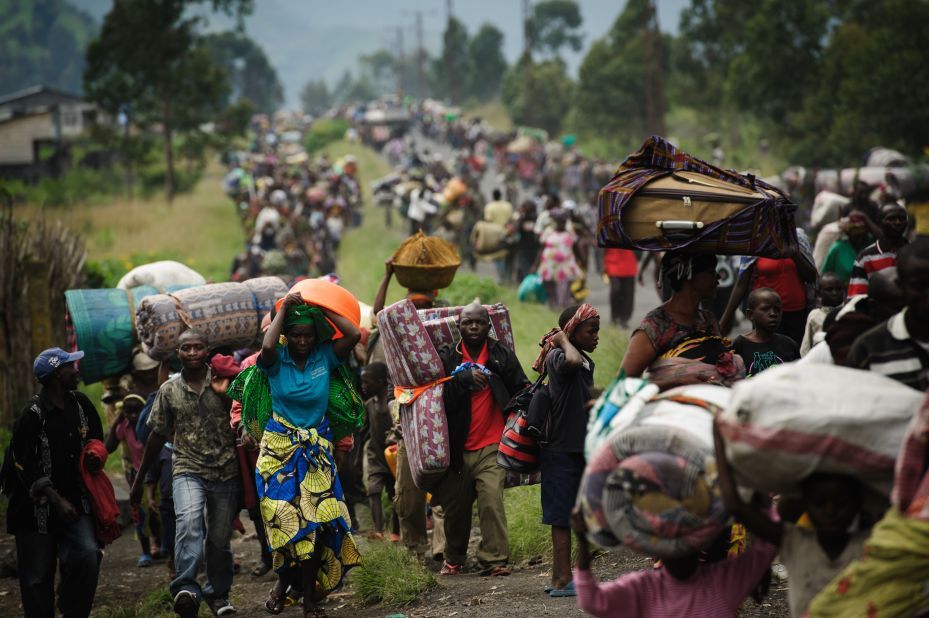
Neglecting facts and history
The ongoing war between the M23 and the Congolese government could easily be stopped when Tshisekedi & co would accept negotiations with the rebels and implement the promises of the government that were made in 2013, when the rebels withdrew Thabo Mbeki was right to state that if the rights of the Rwandan speaking Congolese population will not be respected peace will never return in the Kivu’s. Fake news and propaganda have made this nearly impossible now. As if the Congolese government dug a hole for itself out of which escape becomes impossible. A bigger war seems the only way out.
The Tutsi community inside and outside Congo has lost its trust in Kinshasa’s goodwill completely. They also lost their trust in the big international institutions such as the UN and even the African Union. For them the M23 must stand its ground in the DRC and cannot lose the war against the FARDC. For this would open the door for the FDLR that is well enough equipped to destabilize Rwanda. Add to this also that the current government in Burundi is also composed of Hutu radicals. What we hear in Kigali and in M23 circles is that a bigger war might be the only way to preserve their interests in the region, to allow the Tutsi refugees to return home and to reclaim their properties and rights. They are convinced of the fact that if the FARDC will launch a big attack on M23 positions the fighting will spill into Rwanda. The RDF is already massively deployed at the border with South- and North-Kivu. The FARDC-mercenary and FDLR coalition is no match for this force. The complete eradication or neutralization of the FDLR would play a big role in this scenario. To be able to do this they’ll need several months during which the rest of the country might fall to pieces. Some people might call this an act of balkanization but for others it is a simple right or act of self-defense. This goes much further than most people think: the reputation of the UN, for instance, received another serious blow when the judge in The Hague decided that the biggest genocide criminal of all, Felicien Kabuga, was too old and too weak to be judged. The conviction of many Rwandans is growing that they can only count on themselves.
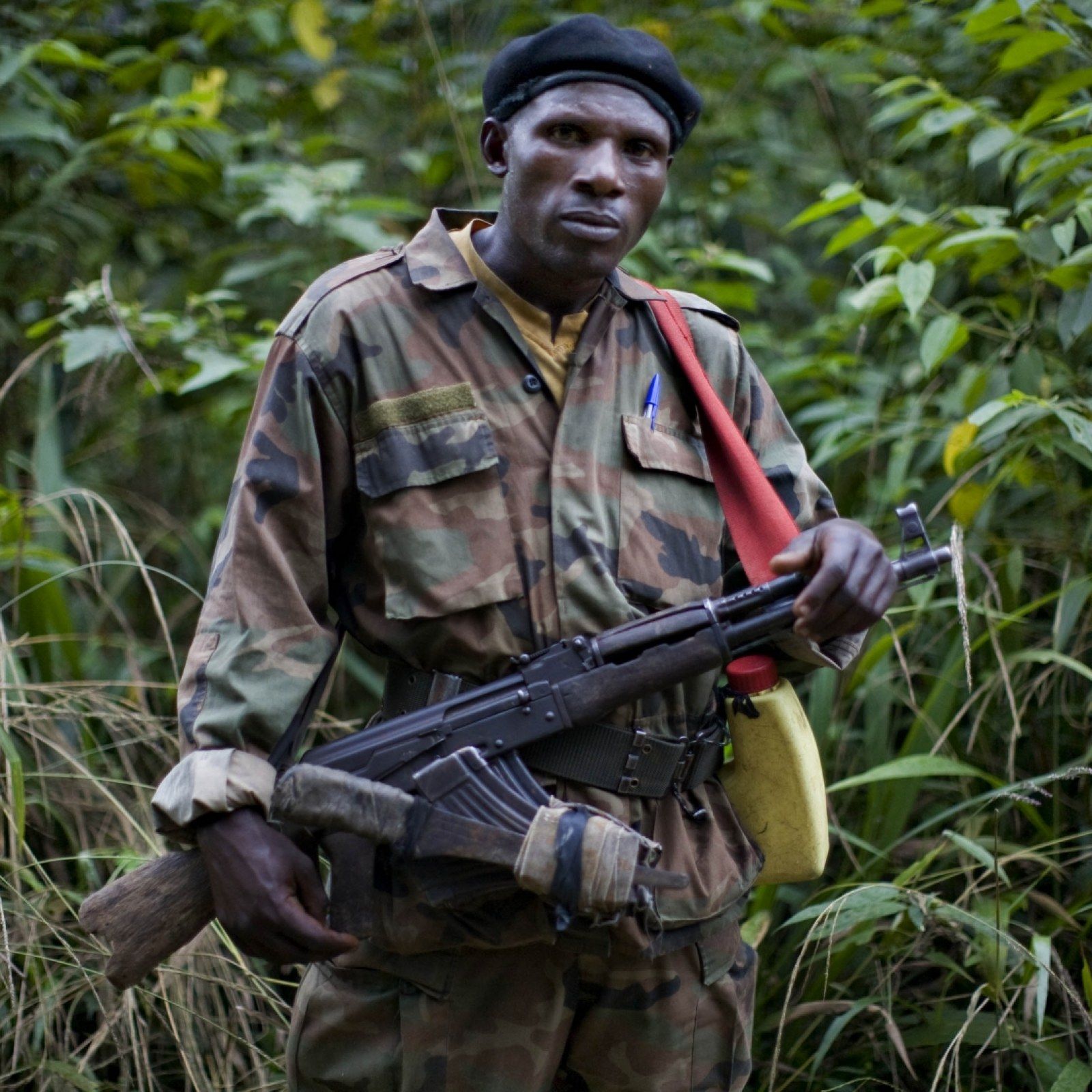
Rwanda did not manipulate events and facts to steer the region into this stalemate. The international community allowed the Congolese government to let it come this far. Most of the Congolese opposition leaders are also highly distrusted in Kigali: the shrewd fox Moise Katumbi knows very well that being associated to the M23 or Rwanda would be a political suicide, even when he will be able to take over from Tshisekedi in the near future, Kabila already proved his inaptness in the past and Fayulu would probably make an even bigger mess of all this given the fact that his anti-Tutsi discourse is his biggest selling argument. The same goes for Dennis Mukwege, the Nobel price hero. Rwanda made mistakes in the past,but they did not repeat those recently. Thabo Mbeki made a small mistake by thinking that all the Tutsi’s in the Kivu’s are Banyamulenge. This is harmless compared to the nativity of the American government that still believes that a leader such as Paul Kagame will jump at their feet and order the M23 to withdraw once again so that the situation will calm down temporarily and that big American companies can continue to harvest minerals in the DRC without having the Chinese or the Russians on their heels. Recent events in Burkina-Faso, Niger and Mali are showing us as well that the American approach to keep African countries in line is failing. African leaders are becoming more and more aware of the fact that they must take their destiny into their own hands.
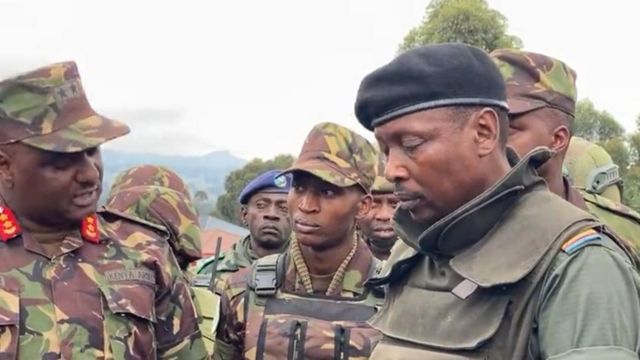
The same people who waved the curtain of complexity around all those facts will be responsible for all this. Others are becoming as guilty for not informing themselves better and falling prey to the propaganda of Kinshasa. To be followed………….
Adeline Umutoni& Marc Hoogsteyns
Kivu Press Agency.
